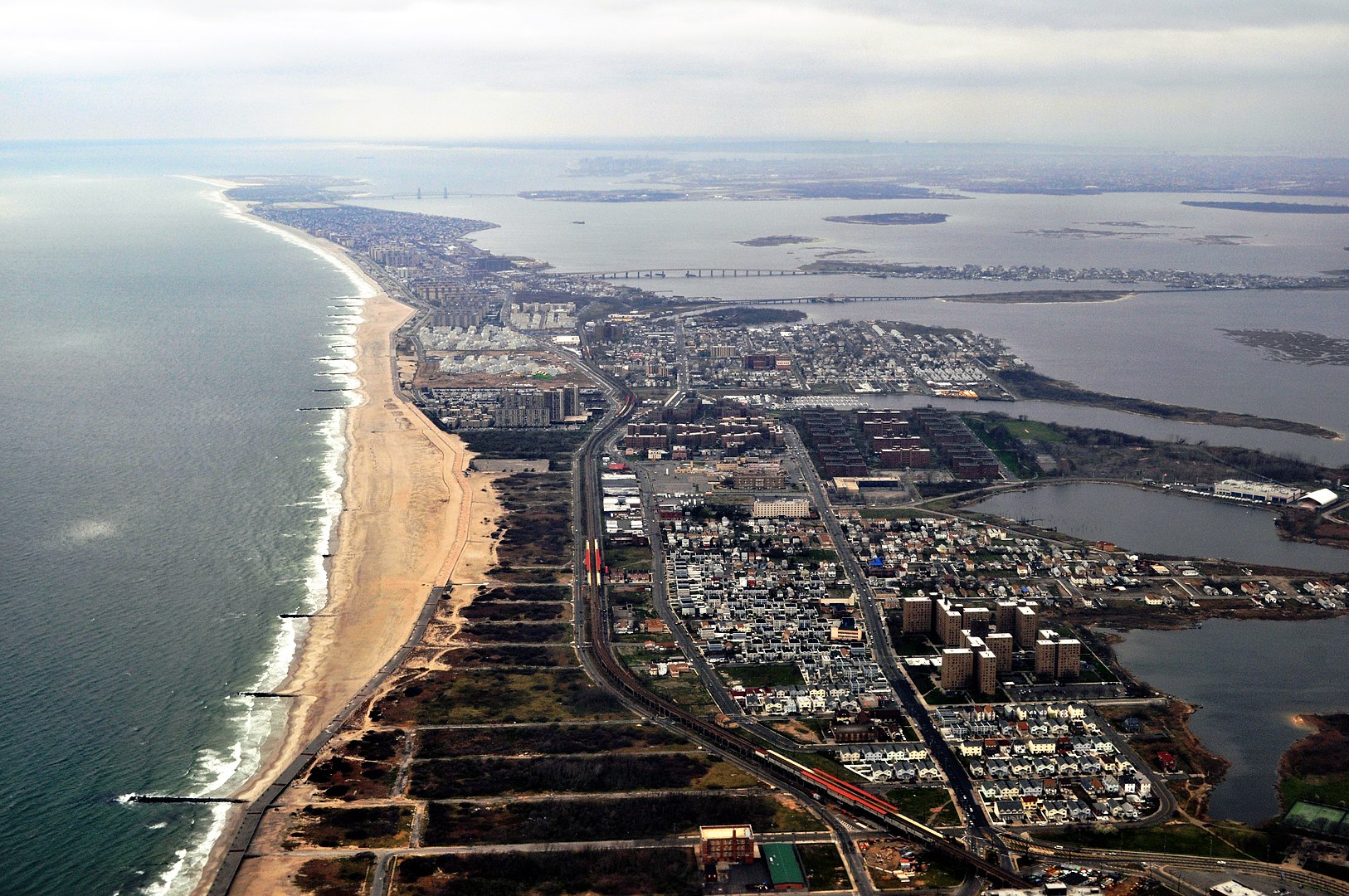Are Community Land Trusts ‘the future of New York City’?
/An aerial view of Edgemere, where Councilmember Donovan Richards wants to build a Community Land Trust. Photo courtesy of Joe Mabel/Wikimedia Commons.
By Phineas Rueckert
A new housing wave may soon hit the Rockaways, and Councilmember Donovan Richards, who represents the area, wants to make sure that it doesn’t wipe out ordinary New Yorkers and low-income families.
Housing prices in the Rockaways rose by more than 20 percent between 2017 and 2018, according to Streeteasy — the biggest increase in any submarket in the borough. Richards’ solution to the potential squeeze on families and lower-income residents who live there? A little-known land use model called a Community Land Trust.
CLTs, which last month received a $870,000 boost in funding in the city budget, allow communities, rather than developers, to determine how to use vacant public lands in order to ensure long-term affordability. Richards believes they could be “the future of New York City.”
“We’re playing defense, but we’re actually going on offense,” Richards told the Eagle over the phone. “Beachfront property is ripe for speculation. Either we get ahead of the market or the market gets ahead of us, and when it gets ahead of us we know that it’s out of reach for New Yorkers.”
What is a CLT?
As opposed to the traditional land use model, where developers buy public land and build private housing on it, Community Land Trusts give community members the power.
Local residents come together to form a nonprofit that leases vacant public land with the guarantee that they will keep prices affordable. Often, this lease will extend for 99 years, meaning that prices are guaranteed to remain low for the foreseeable future.
The CLT model can take different forms, with some land trusts focusing on preserving commercial spaces and others on residential ones.
The first CLT was established in 1969 in Georgia — making 2019 the 50th anniversary of the model. But the model didn’t start to catch on and grow nationally until 1980s. The total stock of CLT housing has increased six-fold in the past three decades: from 2,000 to 12,000 sites nationwide. There are now more than 225 trusts across the country, according to the nonprofit Community Wealth.
“CLTs were really underutilized for a long time so there wasn’t a lot of public awareness for what the model was,” Deyanira Del Rio, co-director of the New Economy Project, told the Eagle.
In New York a number of organizations have begun to push the model, including the New Economy Project, the New York City Community Land Initiative and the Interborough Community Land Trust. The movement has gained steam in the past few years, as communities try to find new ways to keep pace with rising rents, which increased by more than a third citywide between 2014 and 2017.
Two years ago, the City Council, led by Richards and Manhattan Councilmember Carlina Rivera, passed legislation to include CLTs in the city charter.
The new funding approved by the council in June will go toward community education about CLTs through 11 community-based housing organizations, including one in Queens.
In Queens, slow growth for CLTs
Despite the growth of CLTs citywide, Queens remains a largely blank space on the map.
Chhaya CDC was the only CLT organization in Queens to receive funding through the City Council. The organization, founded in 2000, is in the early stages of creating a community land trust in Jackson Heights focused on protecting small businesses struggling with rising rents.
The idea behind the project was simple, said Chhaya’s Director of Programs William Spisak.
“What if the small business owners themselves and the community were the ones that owned the property?” he asked. “Preserving the immigrant commercial corridor is really important as we’re seeing a shift toward big box stores.”
In Richards’ district, a different sort of CLT model may be on the horizon.
Richards sees the undeveloped area sandwiched between Arverne and Far Rockaway — called Edgemere — as the next frontier for CLTs in Queens. He said he hopes to use the space to increase home-ownership for low- and middle-income families.
For Richards, promoting home ownership on the Rockaways is personal. His parents, he said, were both teens when they had him and they were unable to afford a house of their own.
“I know the struggles,” he said. “When people ask me where I grew up, I lived everywhere.”
Much of Edgemere currently sits vacant. The area, as Curbed reported in 2017, was devastated by Hurricane Sandy — but had not received much attention for decades prior to the storm.
“We have an opportunity to shape that land ground up,” Richards said of the more than 100 city-owned lots at Edgemere.
“This is a new wave,” he said. “I believe that CLTs are the future of New York City.”




